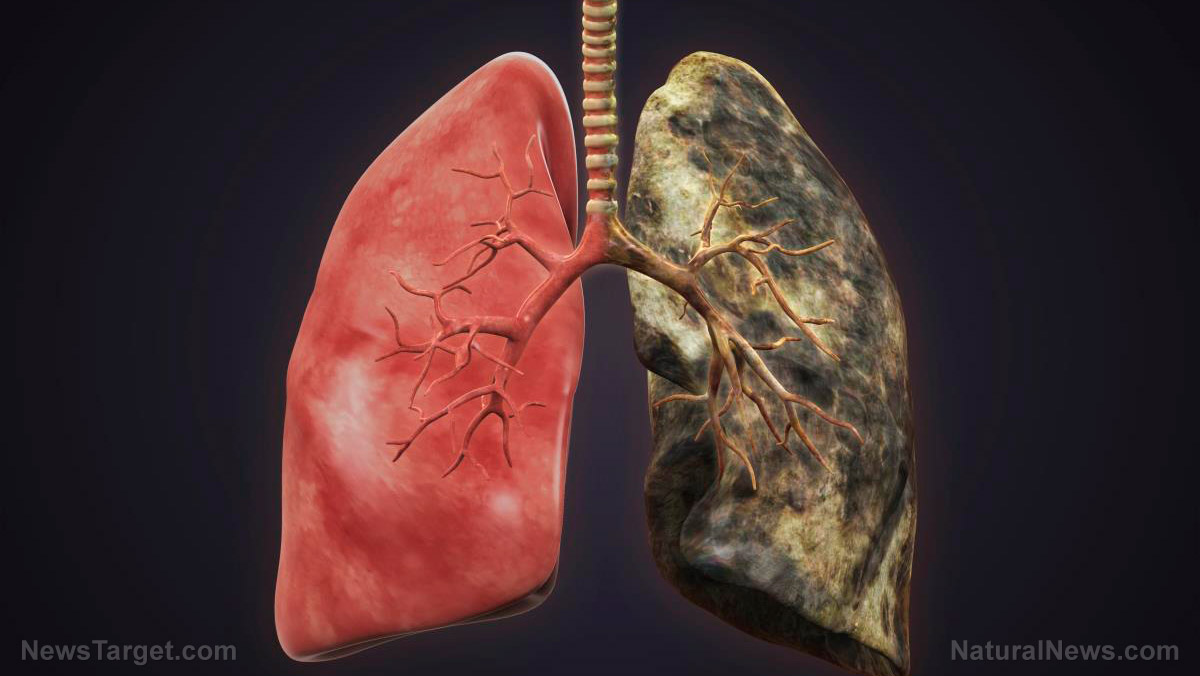
Often, smokers and at-risk individuals are unaware of COPD because its symptoms only begin to appear once irreversible lung damage has occurred. Symptoms of COPD also worsen over time, especially if the lungs continue to be exposed to irritants. Common signs and symptoms of COPD include:
- Difficulty breathing
- Wheezing
- Chest pain or discomfort
- Chesty cough
- Fatigue
- Difficulty sleeping
- Weight loss
- Swollen feet or legs
- Blue lips or fingernails
- Anxiety
Experts determine the severity of COPD based on the presence of symptoms. COPD can be divided into four stages:
- Stage 1 (Mild COPD) – Individuals with mild COPD may experience symptoms that resemble those of the common cold, such as a chesty cough and excessive mucus production.
- Stage 2 (Moderate COPD) – Moderate COPD is characterized by shortness of breath and discomfort in the chest area.
- Stage 3 (Severe COPD) – COPD may be severe if symptoms such as chest pain, chesty cough and fatigue begin to affect an individual's daily routine.
- Stage 4 (Very severe COPD) – The damage caused by COPD at this stage may be irreversible and life-threatening. Individuals who have reached this stage of COPD exhibit significantly impaired lung functions. Simple physical activities, such as walking and going up the stairs, can quickly induce exhaustion and shortness of breath.
Due to the extensive lung damage that COPD can cause, individuals diagnosed with COPD are also at risk of developing cardiovascular disease, lung cancer and stroke. As a result, COPD can be fatal, especially in older, immunocompromised individuals.
About three million people die from COPD, according to the World Health Organization (WHO). Currently, the Global Burden of Disease Study reports that COPD is the third leading cause of death worldwide. However, the WHO predicts that COPD may yet become the number one cause of death in the next 15 years. (Related: Raspberries: A potential treatment for COPD?)
Emphysema and chronic bronchitis: What's the difference?
Emphysema and chronic bronchitis are two of the most common sub-types of COPD. Both conditions are caused mainly by exposure to tobacco smoke, chemical fumes and other irritants that inflame the lungs. Individuals with COPD may find it difficult to tell the two apart due to similarities in symptoms. Plus, emphysema and chronic bronchitis often coexist, thereby causing life-threatening conditions. Nevertheless, each sub-type affects the lungs differently.
Emphysema involves the gradual destruction of the air sacs that pump oxygen into the bloodstream. Over time, exposure to cigarette smoke and other irritants weakens the air sacs and impairs their function. As a result, individuals with emphysema may experience difficulty breathing and shortness of breath.
On the other hand, chronic bronchitis causes significant inflammation of the bronchial tubes that carry oxygen to and from the air sacs. Individuals with chronic bronchitis often experience a persistent chesty cough and excess mucus production.
Living with COPD
Unfortunately, many of the diseases classified as COPD have no cure yet. But individuals living with emphysema or chronic bronchitis may take the following measures to manage their symptoms:
- Stop smoking.
- Avoid exposure to air pollution.
- Eat a balanced diet.
- Drink plenty of water.
- Follow a sleep routine.
- Exercise regularly.
- Retrain your breathing.
- Practice good hygiene.
Sources include:
Please contact us for more information.























